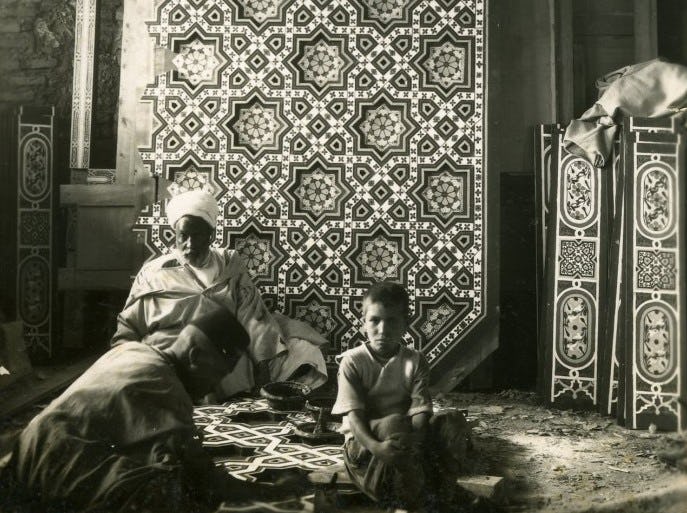Polychrome Tile Panel with Floral and Grape Motifs
Date16th - 17th century
PeriodOttoman
MediumStonepaste, polychrome pigments
DimensionsOverall: 60 1/4 x 43 in. (153 x 109.2cm)
ClassificationsCeramics
Credit LineCourtesy of the Doris Duke Foundation for Islamic Art
Object number48.22
DescriptionThis tile panel is adorned with lattices punctuated by cartouches containing flower-filled vases. Leafy grape vines weave throughout the lattices, intertwining with blue tulips. The narrow border is lined with a woven vine motif.Until the 1550s, Ottoman ceramic production focused primarily on vessels. After Suleyman the Magnificent commissioned his architect Sinan to build a mosque complex called Suleymaniye (completed in 1557 CE), bright and colorful tiles began to adorn the walls of buildings. This type of tile spread throughout the vast Ottoman empire from Istanbul to Aleppo. Tiles took on regional differences. For example, tiles produced in Syria are characterized by their use of delicate greens, turquoise, and manganese purple. Popular designs included large-scale floral patterns and vases overflowing with flowers.
On View
On viewCollections
17th century
17th century
17th century
17th century














